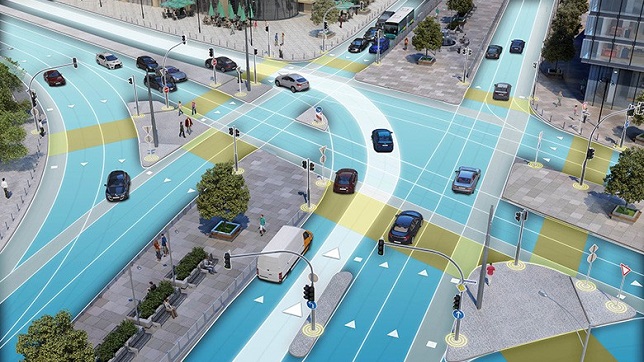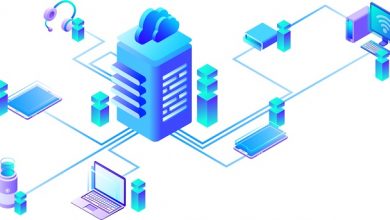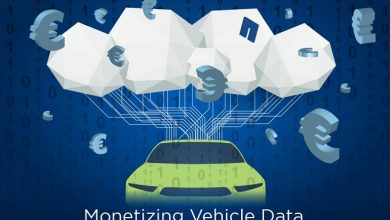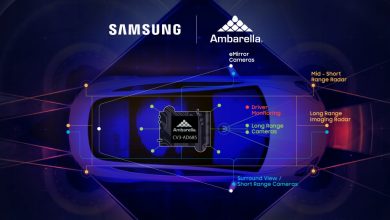The Mobility of Tomorrow

Transport or transportation is the movement of people, animals, and goods from one location to another. Modes of transport include air, rail, road, water, cable, pipeline, and space. The field can be divided into infrastructure, vehicles, and operations. Transport is important because it enables trade between people, which is essential for the development of civilizations. Transport infrastructure consists of fixed installations including roads, railways, airways, waterways, canals, and pipelines and terminals such as airports, railway stations, bus stations, warehouses, trucking terminals, refueling depots (including fueling docks and fuel stations), and seaports. A well-coordinated system of transport plays an important role in the sustained growth of a country. Transport has recorded extensive growth over the years both in the spread of network and in the output of the system. Mobility is changing. Nowadays we can simply download an application, register, and use car-sharing/carpooling schemes in many cities. Mobility is transforming the urban landscape and our everyday routines. The future of the Indian transport industry will be shaped by progressive transformations through key disruptive technologies based on Smart & Intelligent transport systems driven by Industry 4.0, Advance Communications, Data analytics, IoT, and artificial intelligence from Hyperloop to autonomous and remotely piloted vehicles. Connected – Autonomous – Shared & Electric Mobility will play an important role in creating a sustainable future for transport. It will help to achieve essential policy objectives such as tackling climate change, fighting congestion, creating economic growth, contributing to the reinventing the industrialization in the Asian continent, and providing mobility to citizens of all ages and social backgrounds. Transport is the backbone of the economy, and the CASE should be the backbone of transport. The next immediate & important step for our country is to create value within the transportation sector, for which improving asset and productivity, reducing costs, and cutting waste is critical. This is where technology can help, enabling effective route and capacity planning, seamless linkages with allied sub-sectors, improving safety and customer experience, reducing pilferage, environmental performance, etc. Driverless, connected cars are leading the way in a new era of travel that is efficient, affordable, clean, and green. Experts predict e-mobility will transform travel in the years to come and shape the future of mobility, smart cities, and interactive communities.
The Mobility of Tomorrow
The Mobility of tomorrow will be fundamentally different from what it is today. We see four major trends hanging in the automotive industry: Connectivity (C), Autonomous driving (A), Shared & Services (S), and Electric Mobility (E). They are summarized under the acronym CASE. Automotive Industry is going through a transformation in order to take a new shape. Companies & Governments are investing in future-oriented CASE fields. All four letters revolve around one theme: how can we ease the lives of our customers and make products and mobility services as comfortable, as efficient, and as intuitive as possible. CASE is not only limited to cars but also for pursued vans, trucks, buses, and financial services. We are convinced electrification is the future. Thus we are electrifying our cars, trucks, vans, and buses. Every nation is now aiming for emission-free mobility. While working for Pollution Free Nation with EV Transition, there are different approaches leading to the same goal. Optimizing the efficiency of combustion engines, by rolling new engine generation is one way for it. The electrification of the combustion engines with EQ Boost is based on the additional onboard network with a starter/alternator. Hybridization with EQ Power and EQ Power Plus with the latest lithium-ion technology and intelligent battery operating system is a productive way to control emissions. The third way can be the emission-free powertrains with battery electric vehicles and fuel cell vehicles.
Connected and Autonomous Vehicles
Connected and autonomous vehicles are likely to become a common feature on roads within the next decade, along with the increased use of electric and shared vehicles. Collectively, Connected – Autonomous – Shared & Electric Mobility will have a major impact on the transport network. CASE Mobility will introduce an era of unprecedented change. Therefore, it is vital for Nations to consider how to manage and take advantage of this new technology. CASE will present many opportunities, from making our roads safer to reducing emission levels, as well as the added implications of increasing job creation.
Advantages of Connected Autonomous Shared Electric Mobility
a) Product Evolution
Connected Vehicles and Electric Vehicles are deeply connected. If EV Ecosystem has to be created, then connectivity is the basic ingredient for it. Connectivity helps in Understanding the Product Development, Operation efficiency of the Product, Creating Structures for the EV Ecosystem. Taking an example of the very basic form of Connectivity-Telematics: With Matrix coming out of Telematics Data, we are able to understand the behavior of motor, controller, and battery. Using demographics, we can limit various parameters of current-voltage depending on temperature, acceleration, retardation. Thus product development can be iterated and optimized.
The application-based product development approach is feasible with telematics & connected vehicle. If the vehicle is to be used for Food Delivery, Payload, Delivery timing, Environmental Condition, Ride Frequency, and other assessments can help in product development.
Mode Selection (City Mode, Town mode, Highway Mode, Hill Mode, etc.) option can also be given depending on secondary data collection, analysis & calculation.
b) Operation Efficiency
Operational efficiency is the key point of EV. EVs will get adopted only when there is a business case around them. Range Anxiety and Cost versus Utilization are the two-point of concern with regards to EV.
Range Enhancement is very important if we want to have EVs as all-purpose Vehicles in the coming time. Range depends on various parameters of the power train. Motor Performance, Battery Capacity, Voltage Current Fluctuations, Controller Configuration, etc. How is the vehicle driven is one of the major points in considering vehicle performance in terms of Range? How driver is using an EV impact 20% of its range. The range has two units. One is the range inherently built in the vehicle through a power train, second is the range that gets deployed on road because of driving behavior. Driving Behavior is one of the major parameters impacting range. A fleet operator having an electric asset would be expecting operational efficiency. And operational efficiency can be improved by analyzing perfect driving behavior specifically for an EV. Using Connectivity and Telematics we can access speed, acceleration, deceleration, frequency of stops, dynamic conditions, gradient torque and speed, current, and Voltage. These parameters will be helping in framing driving behavior. And perfect driving behavior will enhance the best possible range.
EVs are at least 1.5 plus times expensive than ICE Vehicles. We look at expensive assets by utilizing them more. EV utilization can be increased with proper driving, charging and operation. Utilizing it properly will help in extracting potential benefits.
Structures of EV Ecosystem
When we are focusing on the adoption of EVs, we must be well prepared for the execution. In India’s with great support from the Government end, companies are building new EVs to roll out them on roads. But we must be prepared with prime factors required for smooth functionality. EV cannot sustain alone without the presence of a complete EV Ecosystem. We need Vehicle Charging Infrastructure, Vehicle Maintenance, Service &Troubleshooting Centers, Skilled Workforce, Effective EV Product Market, Effective Economic Models & Services regards to EV, Infrastructure for R&D, etc.
a) Charging Infrastructure
On the basis of the application of an EV, driving behavior, and telematics data analysis, charging infrastructures can be made.
b) Remote Diagnosis & Trouble Shooting Centers
c) Insurance Facility
Based on data report of EV components, performance matrix, and dynamic elements, connected vehicles will be aiding insurance companies in confidently ensuring EVs.
d) Finance Facility
The biggest challenge for EVs is getting finance because nobody knows the performance statistics & residual/resell value of an EV. Companies are hunting to fetch data of battery & motor performance after intermittent Cycles. This data is very necessary in fixing risk variables & depreciation schedules. Range versus Battery Cycles, Payload versus Range, Motor Efficiency Curve, and Battery Efficiency Curve- these data can be fetched only through a connected vehicle system.
e) Second Life for an EV
Based on fetched data with respect to EV Performance & Operating Conditions, Second Life for the components or an EV can be provided with resale or reuse.
Conclusion
Author:

Ashhar Ahmed Shaikh
Co-Founder & Director
SkillShark EduTech
Experienced Team Lead with a demonstrated history of working in the EV Development & EduTech Industry. Skilled in Techno-Management & Product Development. Strong Technology professional focused on Mechatronics, Robotics, and Automation approach. Co-Founded an EV start-up offering EV conversion kits and services. Now contributing to Industry-Academia ecosystem development for fostering Skills, Innovations, Employability and Entrepreneurship via SkillShark EduTech.
Published in Telematics Wire





